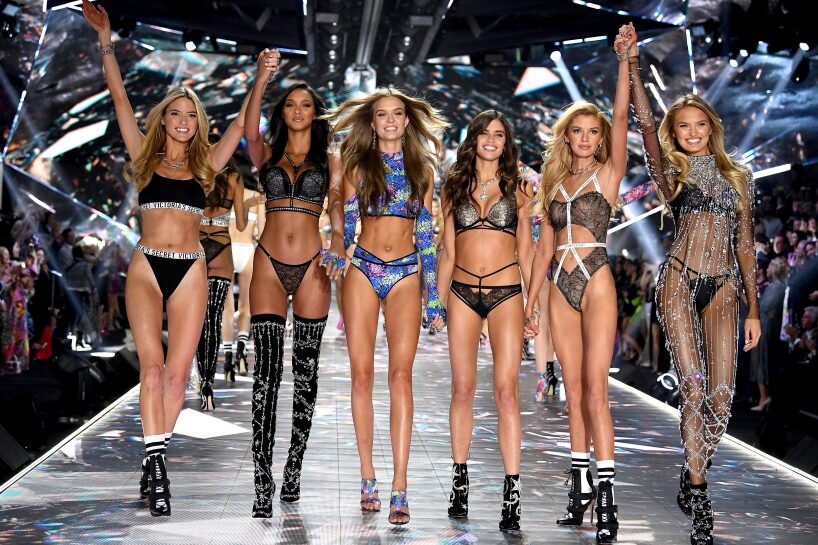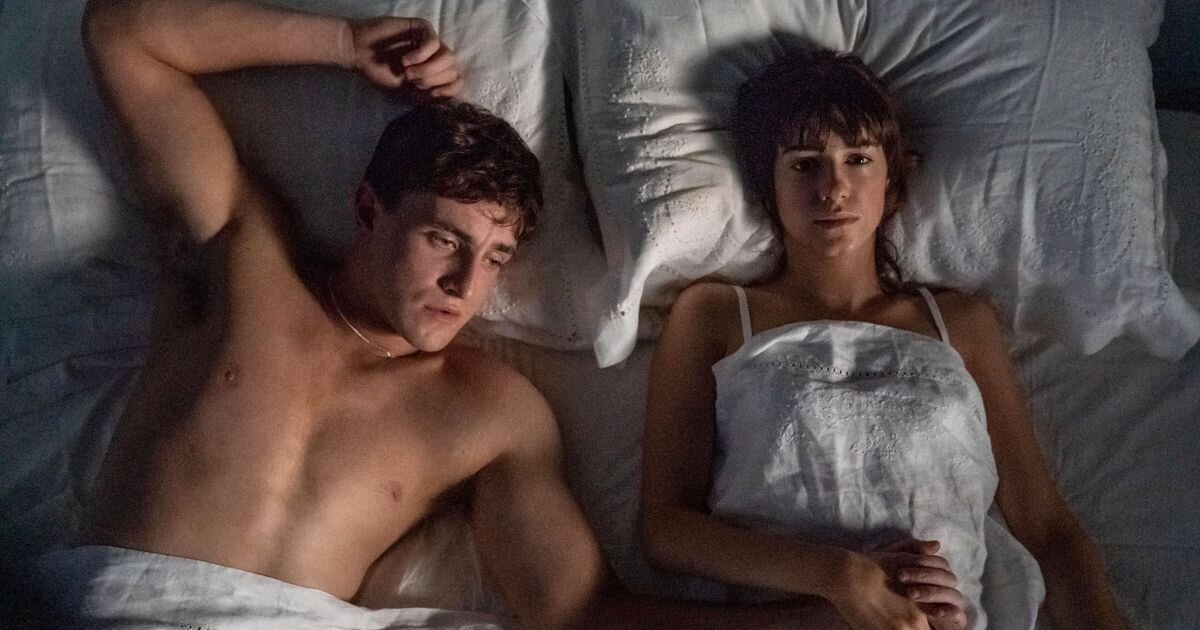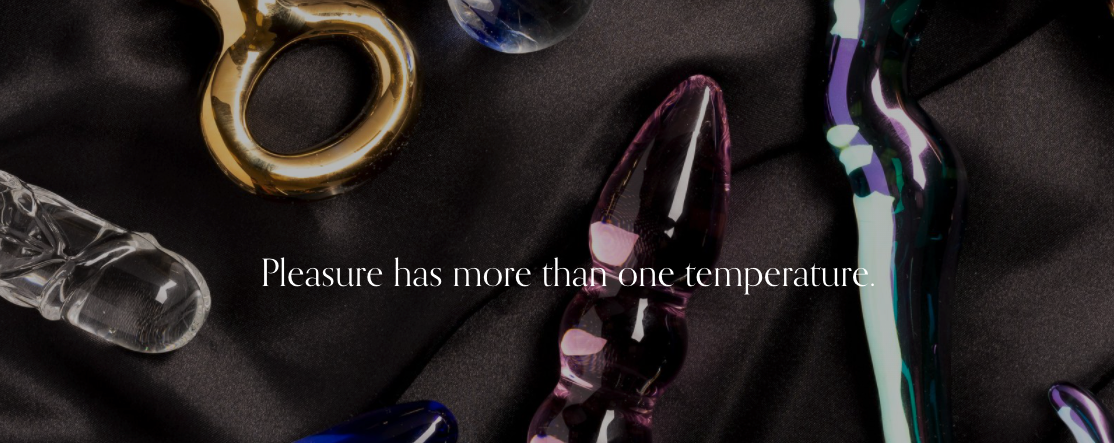
Victoria’s Secret ditches Angels, but is it too little too late?
“The world has been changing, but unfortunately we are late to the change.”
These are the words from Victoria's Secret (VS) chief executive Martin Waters, who pointed to an “incredible journey” for the brand, though adding a perhaps improbable goal.
“At Victoria’s Secret, we are on an incredible journey to become the world’s leading advocate for women,” Waters said in a press release.
He added: “This is a dramatic shift for our brand, and it’s a shift that we embrace from our core. These new initiatives are just the beginning. We are energized and humbled by the work ahead of us.”
This announcement comes following the news that Victoria’s Secret is officially ditching its famous angels and replacing the scheme with a more trend-friendly view on female empowerment. Yet as noble as this cause is, it may be a little too late for the brand, who will no doubt find difficulties moving past its reputation as a lingerie provider for the straight male fantasy.
However this move doesn’t just come from the goodness of their hearts, Victoria’s Secret’s stake in the US women’s undergarment market dipped to 21% in 2020, down from 32% in 2015, the New York Times reported.
For years, competing brands who cast themselves as the anti-Victoria’s Secret, complete with more typical women’s bodies and a focus on inclusivity and diversity grew more popular.
Now, VS is trying to remove its tunneled vision away from the sexy one-sized females to include a wider range of bodies that they’re calling the VS Collective. This encompasses seven new members described as
“accomplished women who share a common passion to drive positive change.”
The new group includes the champion US soccer player, women’s pay equity advocate and prominent anti-Donald Trump voice Megan Rapinoe, actor-entrepreneur Priyanka Chopra Jonas, LGBTQ+ activist and model Valentina Sampaio, model and South Sudanese refugee Adut Akech, British journalist and equality advocate Amanda de Cadenet, champion Chinese-American freestyle skier Eileen Gu, as well as model and body-positivity advocate Paloma Elsesser.
While it will be refreshing to have these women as figureheads for the next generation looking for proper role models, for older Gen Z’s and above the lasting mark of the angels is going to be embedded in us for some time. The stick-thin women on 6inch stilettos and wings, strutting down the catwalk since they debuted in 1995 have been ingrained in our perceptions of how we see ourselves.
We’ve used these ladies as inspiration, we’ve set them up as our ‘goal bodies’, followed their diet plans, done the workout routines, and most likely cut back on our own eating habits following their highly televised shows.
Look at the other end of the spectrum at Rihanna’s Savage x Fenty shows. They are true, authentic celebrations of all bodies. And have shown many individuals that you don’t have to look like Gigi Hadid to rock lingerie proudly.

These angles were the aspirational, unattainable goal. And although they can be removed with the simple vote of a board member, their lasting effect on women’s perceptions of themselves is going to take a little longer to remove.
Yet the fact they have made this change is a clear and impressive indication of consumer buying power and how it can create change. The call for empowerment, acceptance and change is being heard across the globe, and many brands are now moving to meet these new expectations.
I don’t doubt VS’ heart is in the right place, yet after 25 years of telling women they need to look a certain way to meet male expectations, it is going to take the company a while to prove it’s serious about shifting its own focus.
Related Posts
7 of the most Sex-Positive TV shows
Tallying up the most sex positive shows on telly
Yoni Eggs: Are they worth the hype?
Do these internal weights stack up to the hype?
Why simple sex still reigns supreme
Why sometimes you don't need all the bells and whistles
Introducing OhNut, the silicon buffer making sex more comfortable
The device helping prevent painful sex for vagina owners
Dildos or Decor? The new Lucent collection blurs the lines.
The new ‘Lucent’ range by Share Satisfaction has launche
Exploring the Benefits Past Pleasure for National Sex Toy Day
Why Sex Toys have benefits far beyond physical pleasure







